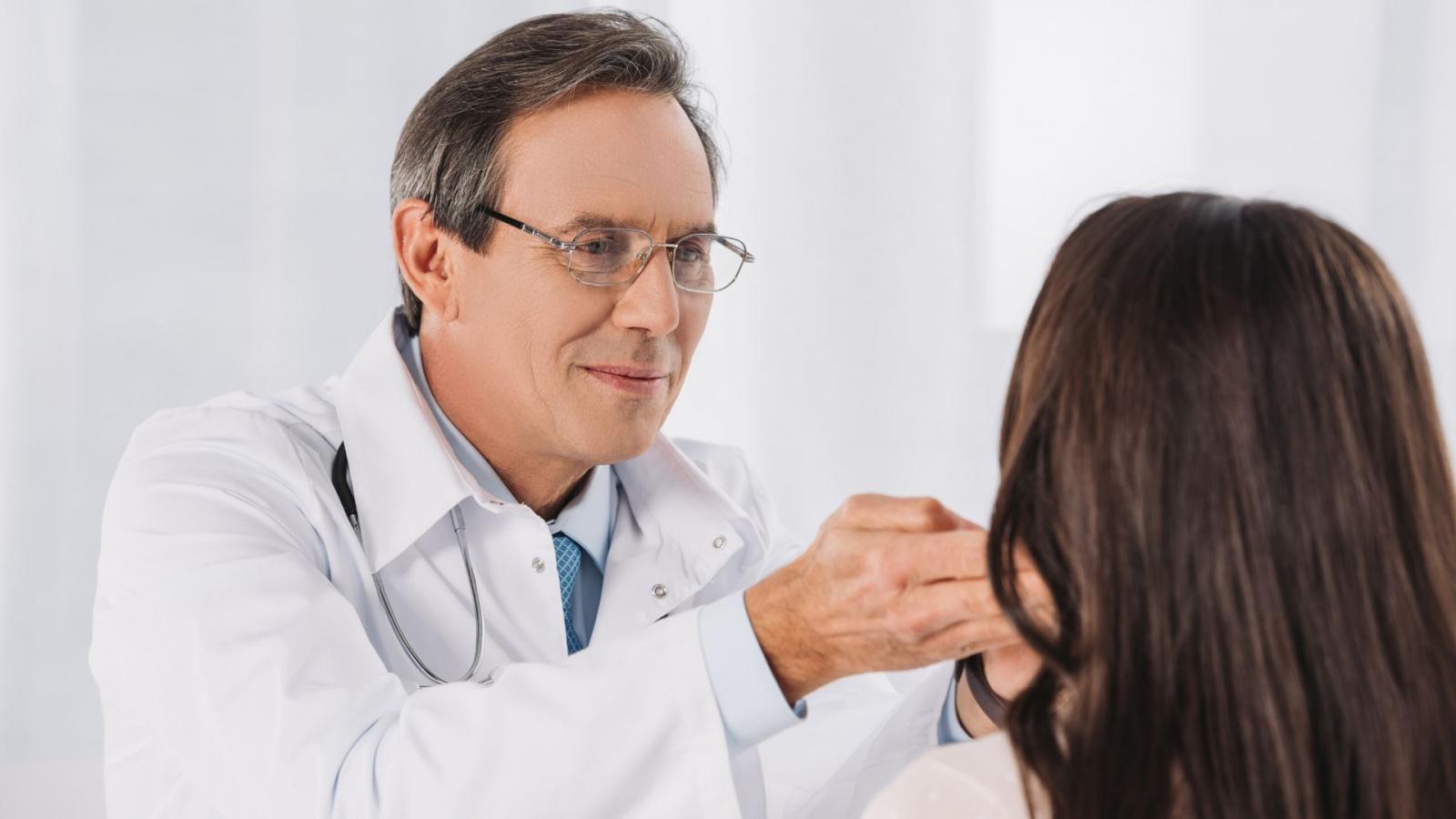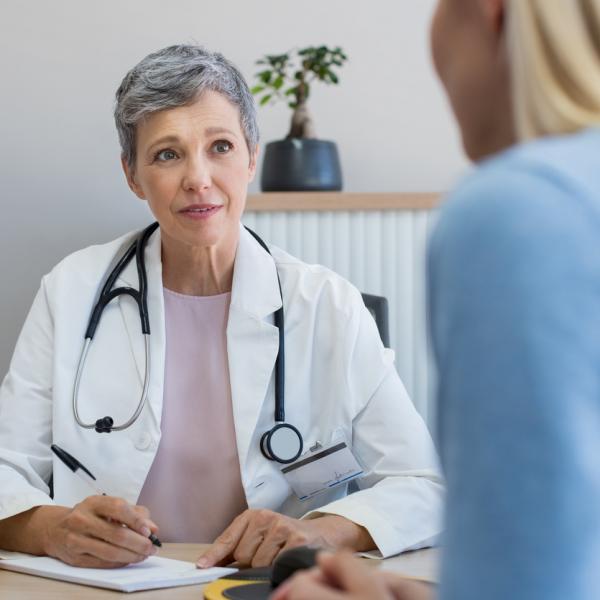Symptoms and diagnosis of non-Hodgkin lymphoma

On this page:
Symptoms of non-Hodgkin lymphoma
Main symptom
- A painless swelling in the lymph nodes in one area of the body, for example, in your neck, armpit or groin. These lumps may come and go.
- People with low-grade NHL may have few or no symptoms.
Other symptoms (known as B symptoms)
- Night sweats – these can be drenching
- High temperatures or fevers
- Loss of appetite
- Unexplained weight loss
- Feeling tired all the time (fatigue)
- Itchy skin
- Skin rash
Lymphoma symptoms in other areas of the body
You can have lymphoma diagnosed in other areas of your body, for example, your stomach, bowel, skin or brain. In these cases the symptoms can be quite different. For example:
- Lymphoma in your bowel or stomach: Abdominal (tummy) pain, diarrhoea or indigestion
- Lymphoma in your chest area: Cough or difficulty swallowing
- Lymphoma in your skin: Rough, red patches of skin
All these symptoms can be caused by conditions other than cancer, but it’s important to go to the GP and get any unusual changes checked.
Can I be screened for non-Hodgkin lymphoma?
Testing for non-Hodgkin lymphoma when you have no symptoms is called screening. There is no NHL screening programme. This is because there have been no tests proven to help predict NHL. If you are worried about lymphoma, contact your family doctor (GP).
Diagnosing non-Hodgkin lymphoma
Your family doctor (GP) will talk to you about your symptoms and arrange blood tests, if needed. If your blood test is abnormal you will be referred to hospital for more tests.
Lymph node biopsy
This test removes a sample of cells from an enlarged lymph node and looks at them closely under a microscope in the laboratory. If the enlarged node is on your neck, the cells can be taken without putting you to sleep. If the node is deeper, like in your chest, you will need a general anaesthetic.
Tests after diagnosis
You may have more tests after your diagnosis to find out:
- The number and location of affected lymph nodes.
- If the affected lymph nodes are above or below your diaphragm. Your diaphragm is the thin muscle under your lungs and heart that separates your chest from your abdomen.
- If the disease is found in your bone marrow or in places outside the lymphatic system, such as your liver.
This is called staging. Staging helps your doctor to decide the best treatment for you. Read more about how non-Hodgkin lymphoma is staged.
Staging tests
CT scan: A special type of X-ray that gives a detailed picture of the inside of your body.
Ultrasound scan: This uses sound waves to build up a picture of the tissues inside the body. It may be used to look at the organs inside the abdomen such as the liver or spleen. It may also be used to look at lymph nodes in your neck, armpit or groin.
PET / CT scan: A radioactive injection that will show up any cancer spread to other parts of your body on a CT scan picture. This scan is used in the staging of lymphomas. It is also a useful way of seeing how you are responding to treatment.
Bone marrow aspirate and trephine biopsy: Taking a sample of your bone marrow (and maybe bone) and looking at it under a microscope to see the number and type of cells in it.
Lumbar puncture: You might have a lumbar puncture done before you start treatment. This looks at a sample of the fluid around your brain and within your spinal cord (cerebrospinal fluid, or CSF) to see if there are any lymphoma cells in it. Repeated lumbar punctures and injections of chemotherapy may be needed as part of your treatment. The chemotherapy is injected in the spinal fluid after the CSF sample has been removed.
MRI scan: A scan that uses magnetic energy to build up a picture of the tissues inside your body.
Some tests may also be used to see how well you’re responding to treatment.

A haematologist is a doctor who specialises in treating blood and bone marrow problems.
For more information
Phone
1800 200 700



